Celtis africana
General Info – summary
Deciduous Tree is to 12+m high and lacks spines. Pale grey, smooth bark lacks warts. Bright green spring simple Leaves: 3-veined from the base. Tiny monoecious Flowers: no petals. Male: 4-5 stamens. Female usually has staminodes. 1-locular superior ovary contains 1 sessile ovary with 1 ovule. Style has 2 spreading divergent lobes. Fruit: a small, fleshy ovoid drupe. Animal dispersed fruit has seeds lacking endosperm.
Description
Previous Names: Celtis burmannii, Celtis eriantha, Celtis holtzii, Celtis kraussiana, Celtis kraussiana var. stolzii. Celtis opegrapha, Celtis rhamnifolia.
SA Tree No. 39.
Common names: (Afr) Camdeboostinkhout, Kamdeboostinkhout, Kannabasstinkhout, Kannabosstinkhout, Kanniedood, Kanniedoodboom, Waterboom, Witgatboom, Witgatstinkhout, Witgatstinkhoutboom, Witstinkhout. (Eng) African Elm, Camdeboo, Camdeboo Stinkwood, Camdeboostinkwood, Cannibal Stinkwood, Cannibal-stinkwood, White Stinkwood White-Stinkwood. (isiXhosa) Umvumvu. (isiZulu) Indwandwazane, UmVumvu, uSinga lwesalukazi. (Northern Sotho) Mogatakgomo, Molutu, Mothibadifate. (Setswana) Lesika, Modutu. (siSwati) UmVumvu. (Tshivenda), Mpopano, Mumvumvu. Freshly cut wood may smell hence the name “stinkwood”.
Family: Cannabaceae: (hemp family). Cannabaceae includes approximately 11 genera. Celtis is the biggest genus with 100+ species. Other genera include Cannabis (an erect non-indigenous herb) and Humulus (hops – a not indigenous climbing plant). There are about 170 species. Local genera include Celtis and Trema. All Leaves have stipules (basal appendage of the petiole). Plants are often dioecious (having male and female parts on separate plants). Male inflorescences are larger. The small indistinct Flowers are in cymes and actinomorphic (regular, symmetrical). These wind pollinated flowers, have an absent calyx (sepals), lack a corolla (petals) and the number of stamens varies. Two connate carpels are present in the Pistil and here the unilocular Ovary is usually superior. Fruit is an Achene or Drupe. Worldwide there are about 65 Celtis species. In Southern Africa, there are 3 indigenous species of Celtis: Celtis africana, Celtis gomphophylla and Celtis mildbraedii.
Name derivation: Celtis was used by Pliny the Elder (23AD–79AD). He was a Roman statesman and scholar. Celtis is also the Greek name for Laurel tree. africana – from Africa. Celtis Africana (white stinkwood) is very different and not related to Ocotea bullata (the black stinkwood), which is in the family Lauraceae. Celtis africana is the best known of the family Cannabaceae in South Africa.
Alien species of Celtis have often been planted in error in South Africa. These includes Celtis sinensis, which is most numerous in urban areas.
Conservation: National Status: L C. (Least Concern). Assessment: 2005 (W. Foden and L. Potter).
Tree
There are no spines on this impressive Tree. It has a rounded crown and is usually up to 12m high in the open (photo 638) and 30m or more in a forest. Young branches are hairy (photo 590). The taller trees may form a dense curved or spreading canopy. On exposed rocky soil, it may remain a shrub. The tree has a straight clean trunk, which may be buttressed (photo 428) in tall trees. The smooth Bark (photos 293 & 253) is pale grey to almost white (ph0to 638) and may be pitted in old trees. The tree lacks warts. Small Lenticels (a usually raised corky oval or elongated area on the plant that allows the uncontrolled interchange of gases with the environment may be visible on youngish branches (photo 32). Leaf scars are visible on this photo. In old trees, the trunk may be pitted.
- 638. 2014/12/23. Walter Sisulu NBG. Photo: David Becking.
- 293. 2006/08/13. Walter Sisulu NBG. Photo: David Becking.
- 428. 2016/09/20. Walter Sisulu NBG. Photo: David Becking.
- 253. 2014/10/07. Walter Sisulu NBG. Photo: David Becking.
- 590. 2014/10/30. Walter Sisulu NBG. Photo: David Becking.
- 32. 2018/09/15. Kirstenbosch NBG. Photo: David Becking.
Leaves
The initially translucent hairy and bright new green Leaves are an attractive indicator of spring. Mature leaves become dark green above; remain lighter below and are rough and less hairy. The tree is deciduous – especially away from the coast (photo 293 under Tree). Where the winters are mild, the leaves may remain on the tree until the new leaves appear. The leaves are roughly ovate (shape of an egg with the widest point closest to the Petiole (leaf stalk)) and up to 13 x 7cm – usually less (photo 589) and alternatively arranged (photo 590 under Tree). The Apex is long and may be caudate (having a tail-like appendage – photo 589). The markedly asymmetric (not equal to the opposite side) Base (photo 589) is entire (with a continuous margin, not in any way indented). The base may be rounded, lobed or broadly tapering. There are 3 clearly visible Veins arising from the base and curving towards the apex (photo 589). Other, less noticeable veins may also arise from the base (photo below). The Margin is wavy, initially hairy and at least half the upper edges are serrated with the teeth pointing towards the apex (photo 589). {In Trema orientalis the leaves are usually serrated almost from the base and have a more tapering tip}. Towards the end of summer, leaves of Celtis africana may become edged with yellow before falling. The hairy short Petiole is up to 1cm long. Stipules (basal appendages of the petiole) fall early. The exotic Celtis sinensis, has leaves that are smooth and leathery.
- 589. 2014/10/30. Pretoria NBG. Photo: David Becking.
Flowers
The individual inconspicuous, small, greenish Flowers are located on current season branches and occur with the new leaves (photo 615). Each flower rests on a relatively long, hairy pedicel (stalk of a single flower – photo 735). The tree is monoecious (having both male and female reproductive organs on the same plant) and usually unisexual but some flowers may be bisexual. Floral parts are arranged obscurely and spirally. Flowers lack Petals. The green Calyx is visible in photo 182. The Male flowers are globular and in dense clusters at the base of new green leaves (photo 182). Stamens arise from the pilose (covered with long, soft hairs) Receptacle (is that expanded tip of the flower stalk from which the floral parts develop). Anthers are distinct and exserted (sticking out; projecting beyond) sideways by the expanding, flattish (photo 670) Filaments (the usually long slender stalk that supports the anther). Each of the 4-5 anthers are dorsifixed (attached dorsal side – back of the Anthers). Each anther has 2 Theca (pollen sacs), which dehisce longitudinally. Bisexual flowers may develop. Female flowers are usually solitary or in groups of 2 or 3, occurring in the leaf axils of newly formed leaves developing on branches of the current year (photo 735 RHS). Staminodes (sterile stamens) are usually present. There is a single Pistil (a unit of the Gynoecium, the female element of the flower, composed of the Ovary, Style and Stigma). Here the single, superior, ovoid and sessile Ovary has a single Locule (cavity within an organ) containing 1 Ovule. The Style is short – 2 to 5mm long and divides into 2 divergent, elongated and widely spreading hairy lobes (photo 735). (Aug-Oct).
- 615. 2017/08/01. Walter Sisulu NBG. Photo: David Becking.
- 182. 2015/09/10. Walter Sisulu NBG. Photo: David Becking.
- 735. 2018/08/22. Walter Sisulu NBG. Photo: David Becking
- 670M. 2016/08/30. Walter Sisulu NBG. Photo: David Becking.
Fruit
The small, fleshy, ovoid, spherical or urn shaped Fruit is a Drupe (a fleshy, 1-seeded indehiscent fruit with the seed enclosed in a stony endocarp; stone fruit like a peach). It is yellow to brownish red when mature and about 12 x 8mm. Each drupe may be hairy or smooth and rest on the thin pedicel that is about 1,5cm long (photo 825). Each fruit end has the twisted remains of the Stigma (photo 825). The small Seeds contain a curved embryo but no endosperm (starch and oil containing tissue of some seeds). Seeds pass through the digestive system of animals enabling them to be widely dispersed. (Oct-Apr).
- 592. 2014/11/11. Walter Sisulu NBG. Photo: David Becking.
- 825M. 2014/03/25. Walter Sisulu NBG. Photo: David Becking.
Distribution & Ecology
These trees are not endemic (not restricted to a particular geographic location, such as an island, nation, country or other defined zone, or habitat type) to South Africa. They require a fair amount of water and except for the arid central and west of South Africa, grows almost everywhere from the coast up to 2 100m – including on dolomitic rock (is sedimentary – deposited with the aid of water. The rock is made up of a high percentage of the mineral dolomite). Trees also occur on grassland, koppies, (Koppie / koppie: a small, natural, often rocky and slightly isolated, natural hill slightly above the flattish African veld) coastal dunes, riverbanks and dense, high forests. They grow naturally in the Western Cape, Eastern Cape, KwaZulu-Natal, Free State, Mpumalanga, Gauteng (e.g. Melville Koppies and good examples grow in Pretoria at the parliamentary buildings and fountains. North West, Limpopo, Northern Cape (rare – east), SiSwati (Swaziland), are fairly rare in central and southern Mozambique, Zimbabwe, Botswana and as far north as Ethiopia but not in Namibia. Larva of the African Snout Butterfly (Libythea labdaca laius) feed on the leaves. This is a migratory species. This tree is also the larval food plant for Blue-spotted Emperor or Blue-spotted Charaxis butterfly (Charaxis cithaeron cithaeron). Caloptilia celtina is a Moth, the larvae of which eat the leaves between the veins near the base of the leaves. Galerucella trilobata beetles consume the leaves. Animals consume the Fruit and disperse the seeds. Birds involved in seed dispersal include the Cape and Blackeyed Bulbuls, Plumb coloured Starlings, Mousebirds, Karoo Thrush, Purple-crested turaco (Purple crested Louries), Crested and Black-collared Barbets. Mammals, including baboons and monkeys also consume the fruit and aid in seed dispersal. Large trees may be close to 100 years old. The photo 395 of the cross section, is that of the lovely old Celtis that grew in the tea garden in Walter Sisulu NBG. It fell down in 2016. Judging from the rings, the tree appears to have been more than 90 years old when it fell.
In 2016, an alien aphid (the Asian woolly hackberry aphid Shivaspis celti,) was discovered for the first time in South Africa. This light blue aphid sp. has developed in South Africa on Celtis africana. The aphids are visible on leaf undersides. Alien species of Celtis have often been planted in error in South Africa. These include Celtis sinensis that is now most numerous in urban areas. The juvenile form is very similar, and the adult form can be distinguished from Celtis africana on the basis of leaf shape, margins and drupe characteristics. Celtis sinensis may become invasive in the future.
- 395. 2016/12/22. Walter Sisulu NBG. Photo: David Becking.
- 167. 2018/08/13. Skukuza Nursery. Photo: David Becking.
Ethnobotany
This tree grows under a wide range of conditions and is a worthwhile, fast growing garden tree with good summer shade. It is also a good bird tree providing a worthy nesting and resting sites. The edible fruit is mealy and slightly sweet. Shoots and leaves are browsed by stock. Prior to being varnished the Wood is dull white and possibly has some green (photos above). It has been used; after seasoning in water (the wood is prone to borer attack), for making not very strong planks and furniture. It has some bending qualities and is also used in furniture. To grow this tree, collect fresh Seeds from ripe fruit on the tree. These seeds grow quickly (up to 2m per year) and are hardy. Keep clear of walls. Recently germinated seeds have a deep taproots and can become difficult to pull out. Moisten the soil and remove early if unwanted seeds germinate. Domestic animals (mainly cattle and goats) sometimes eat the leaves. The tree is a good bonsai plant.
References
References
Boon, R. 2010. Pooley’s Trees of eastern South Africa. Flora and Fauna Publications Trust, Durban.
Burrows, J.E., Burrows, S.M., Lotter, M.C. & Schmidt, E. 2018. Trees and Shrubs Mozambique. Publishing Print Matters (Pty) Ltd. Noordhoek, Cape Town.
Coates Palgrave, M. 2002. Keith Coates Palgrave Trees of Southern Africa, edn 3. Struik, Cape Town.
Foden, W. & Potter, L. 2005. Celtis africana Burm.f. National Assessment: Red List of South African Plants version . Accessed on 2025/01/13.
Ginn, P.J. McIlleron, W.G. Milstein, S. 1989. The Complete Book of Southern African Birds. Struik Publishers (PTY) LTD. Third impression 1991.
Lawrence, G. H. M, 1951. Taxonomy of Vascular Plants. The Macmillan Company, New York. Tenth Printing 1965.
Palmer, E. & Pitman, N. 1972. Trees of southern Africa. Balkema, Amsterdam, Cape Town.
Schmidt, S. Lotter, M. & McCleland, W. 2002. Trees and Shrubs of Mpumalanga and the Kruger National Park. Jacana, Johannesburg.
van Wyk, B. & van Wyk, P. 1997 Field guide to Trees of Southern Africa. Struik, Cape Town.
Woodhall, S. 2020. Field Guide to Butterflies of South Africa, edn 2. Donnelley, RR, China.
https://en.wikipedia.org/wiki/Libythea_labdaca
http://archivedpublicwebsite.up.ac.za/default.asp?ipkCategoryID=20815&subid=20815
http://plantzafrica.com/plantcd/celtisafrican.htm
http://witkoppenwildflower.co.za/celtis-africana/
http://www.biodiversityexplorer.org/plants/cannabaceae/celtis_africana.htm
http://posa.sanbi.org/flora/browse.php?src=SP
https://en.wikipedia.org/wiki/Cannabaceae
Alice Notten: help with the family name.
https://journals.co.za/doi/abs/10.4102/abc.v48i1.2288?utm

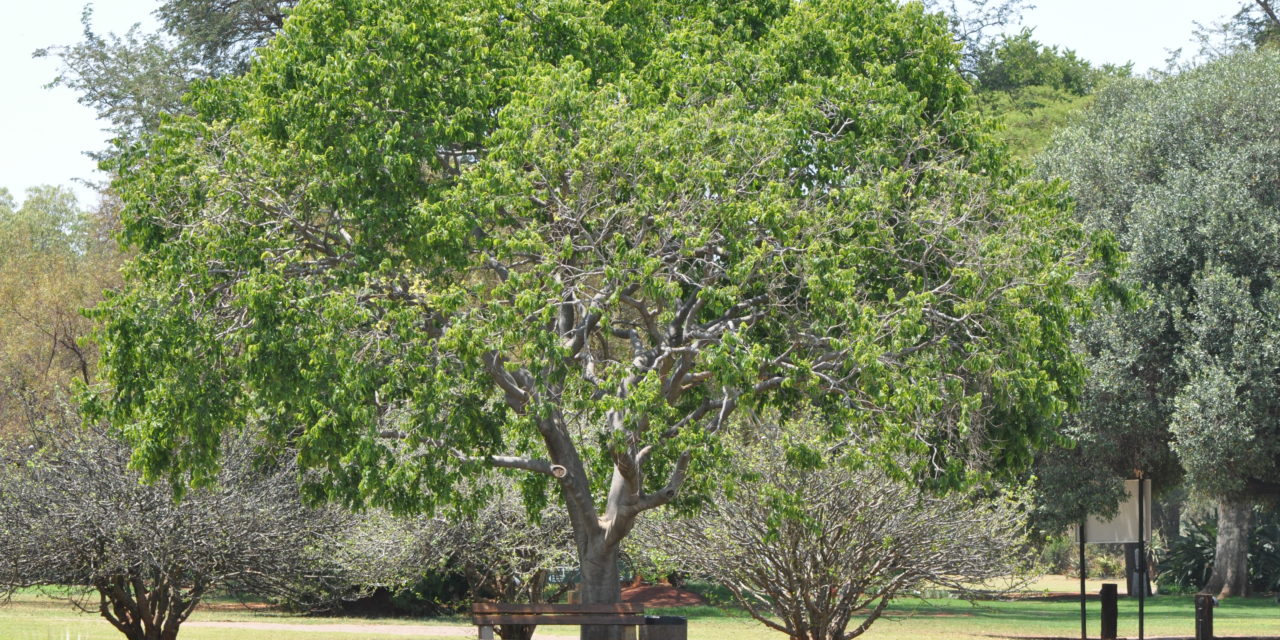
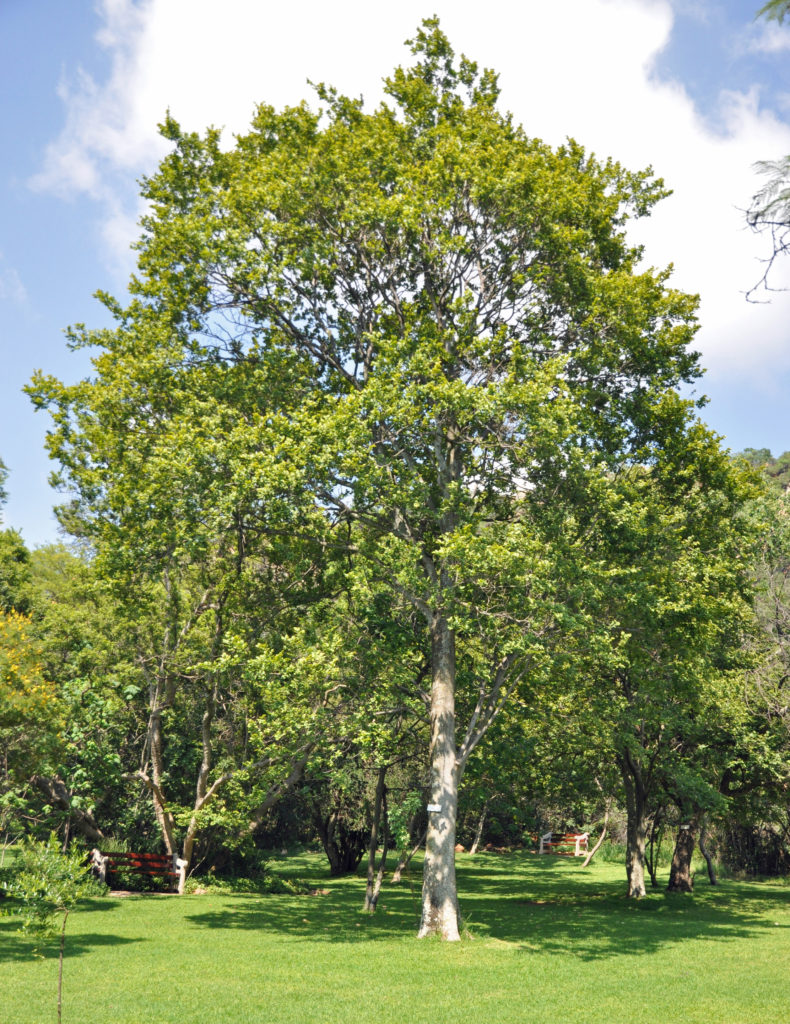
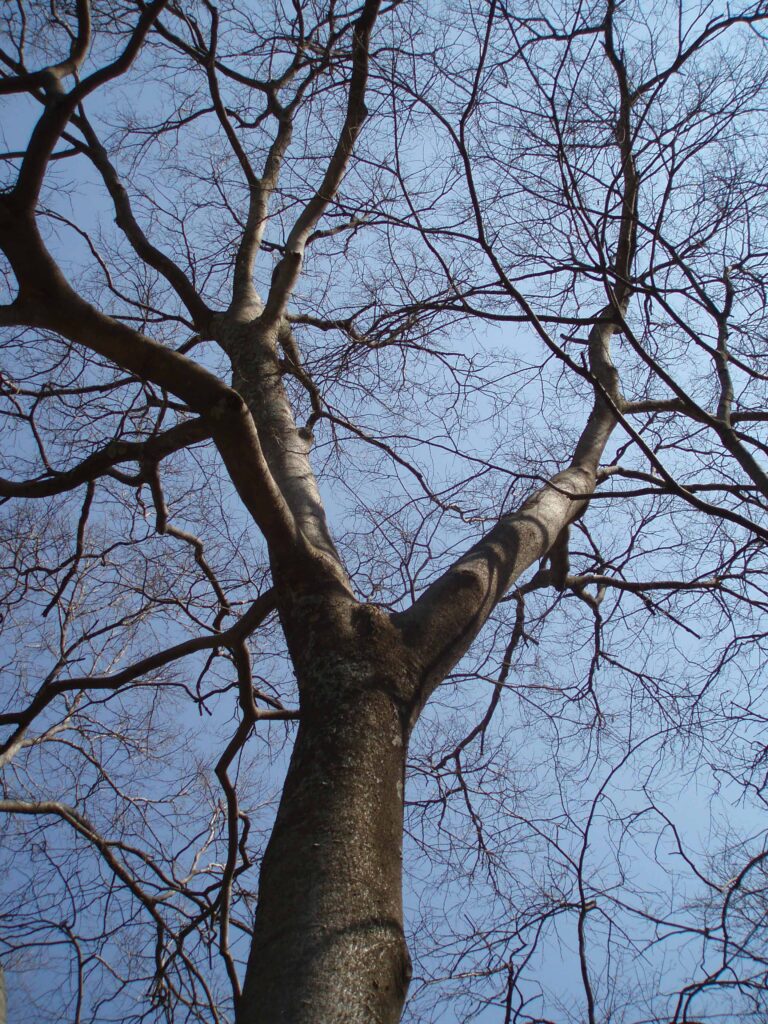
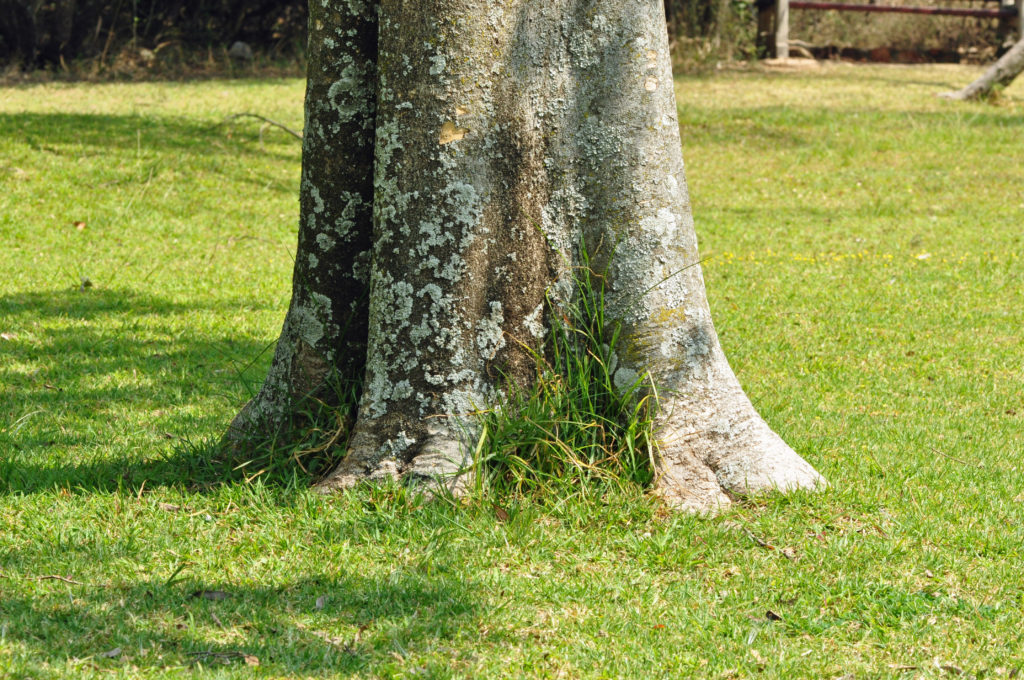
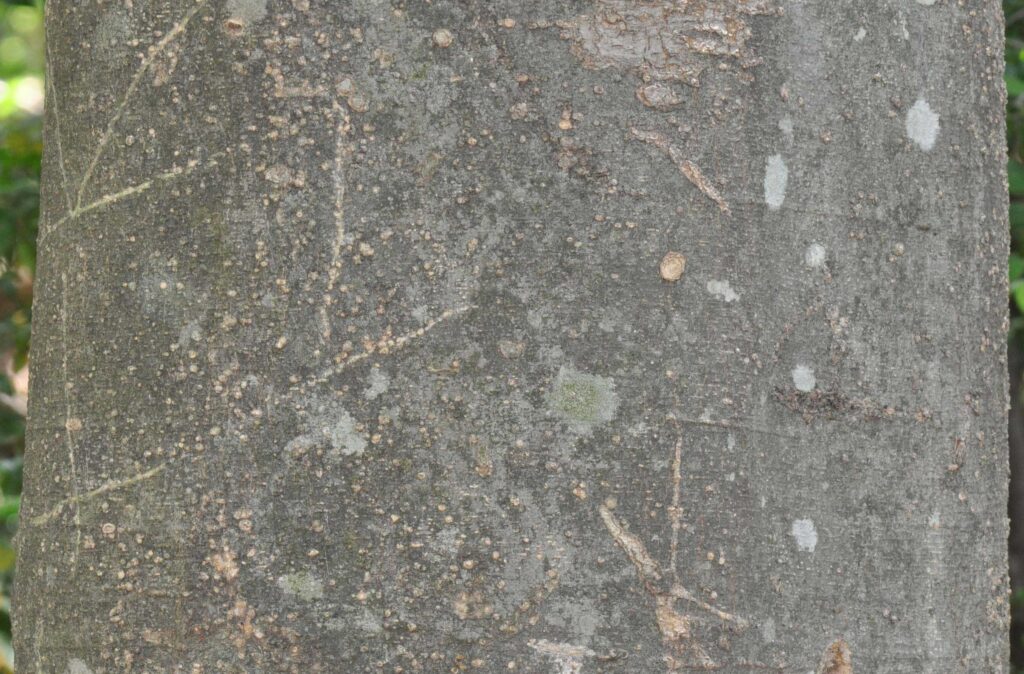

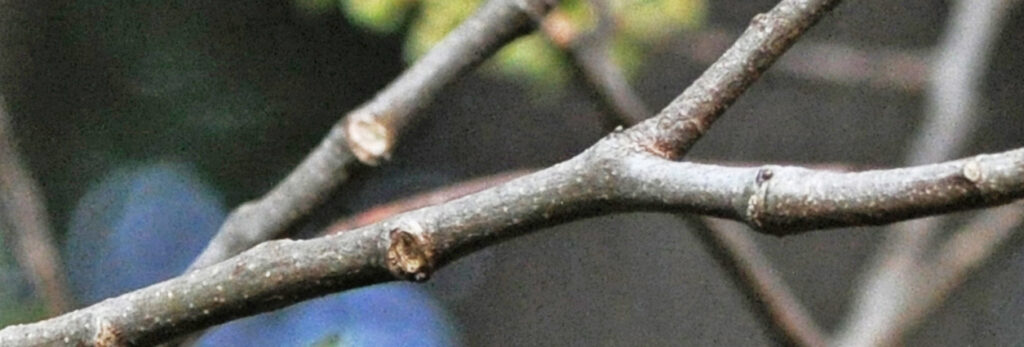
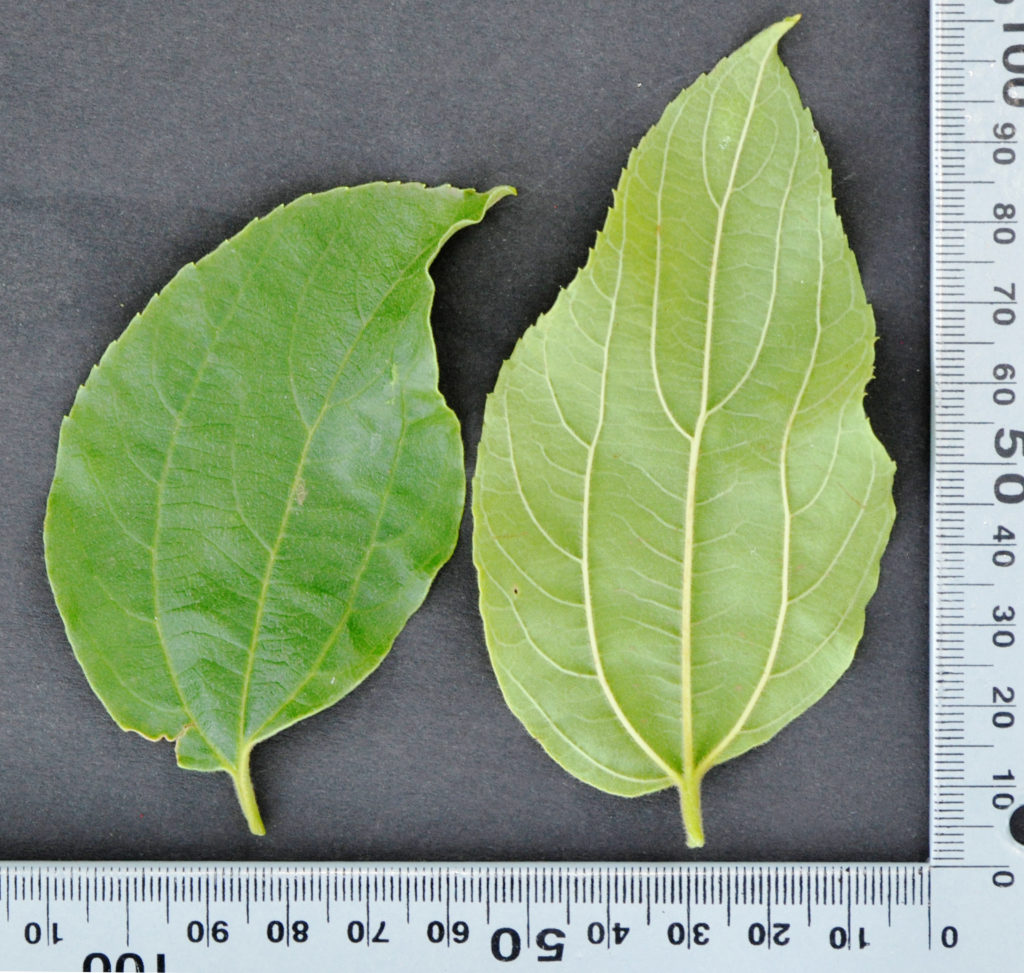
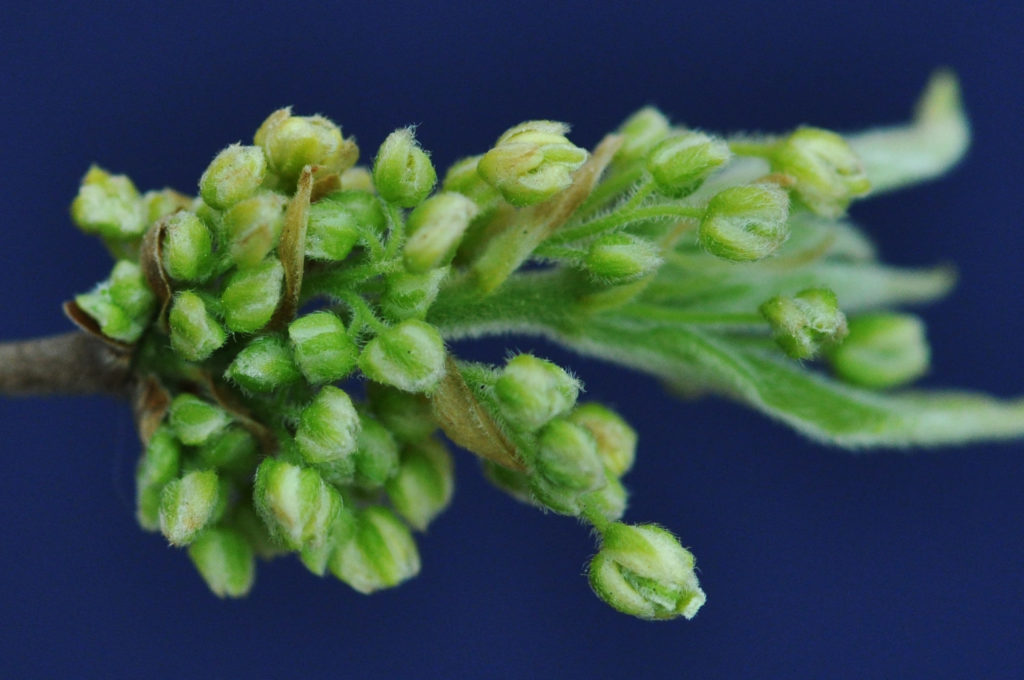
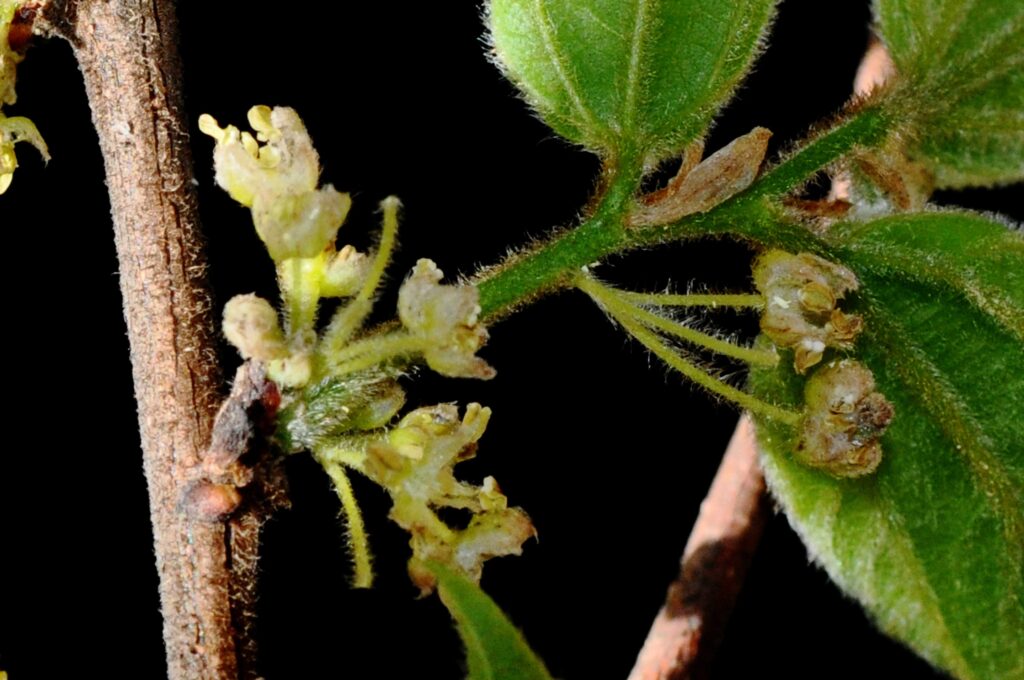
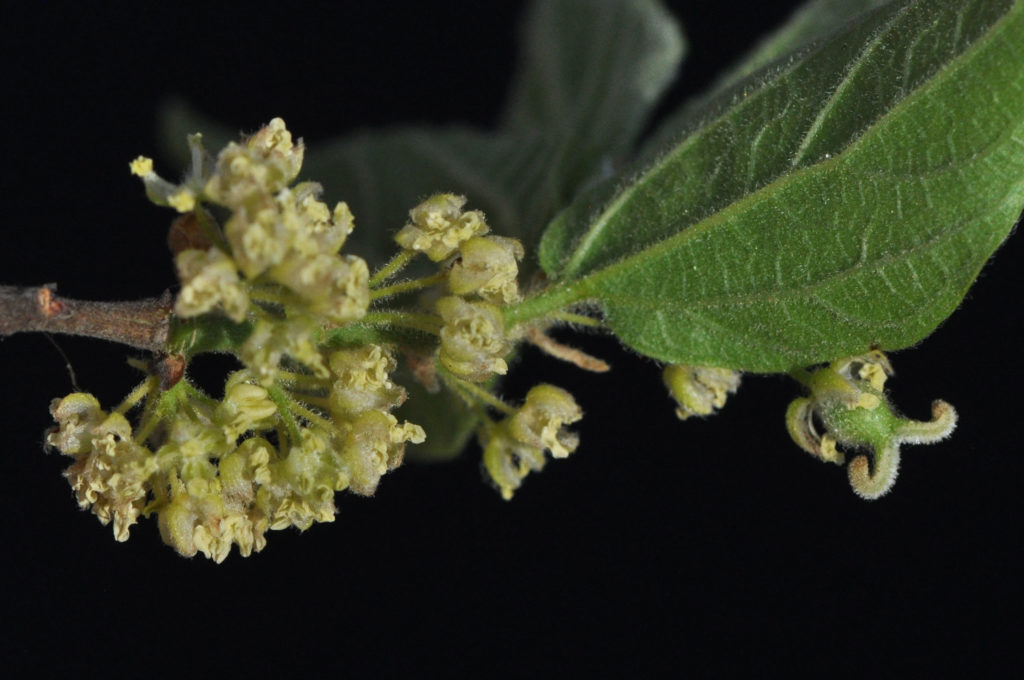
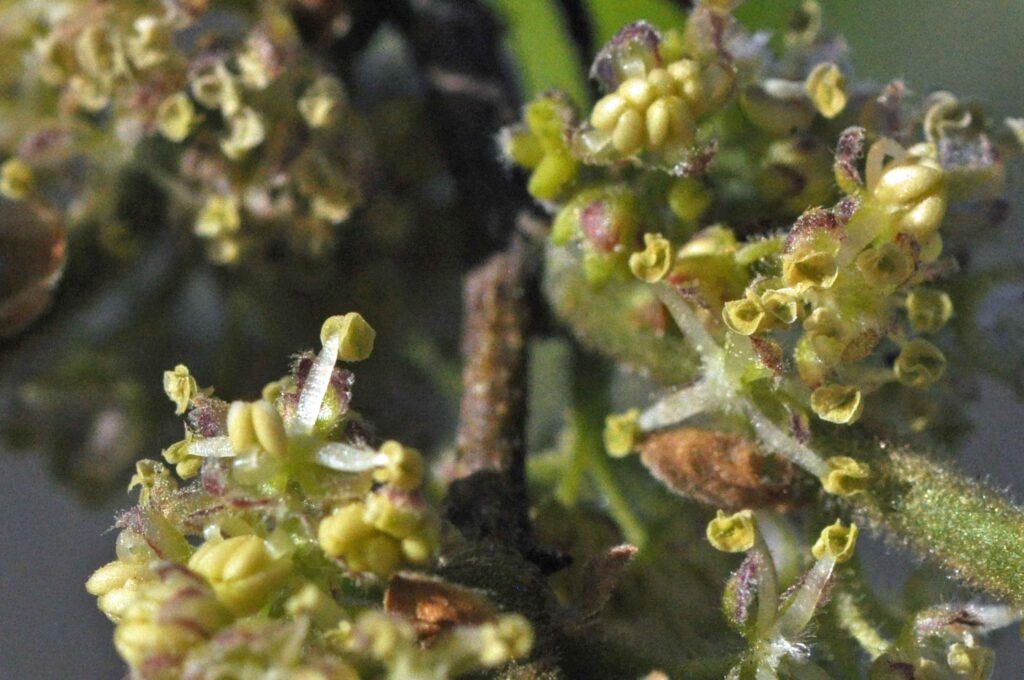
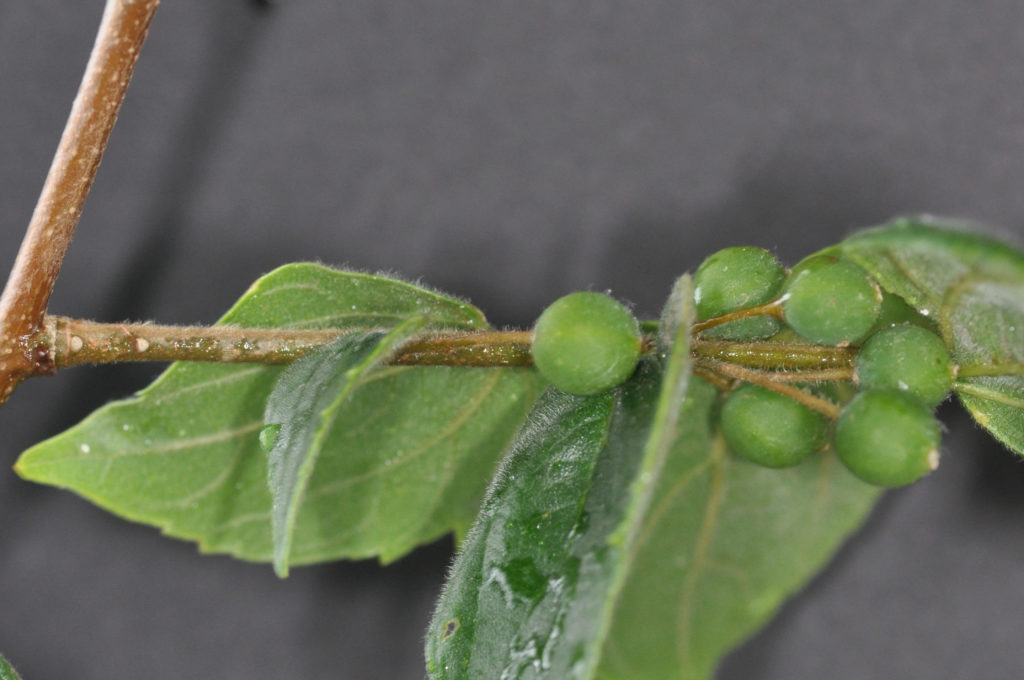
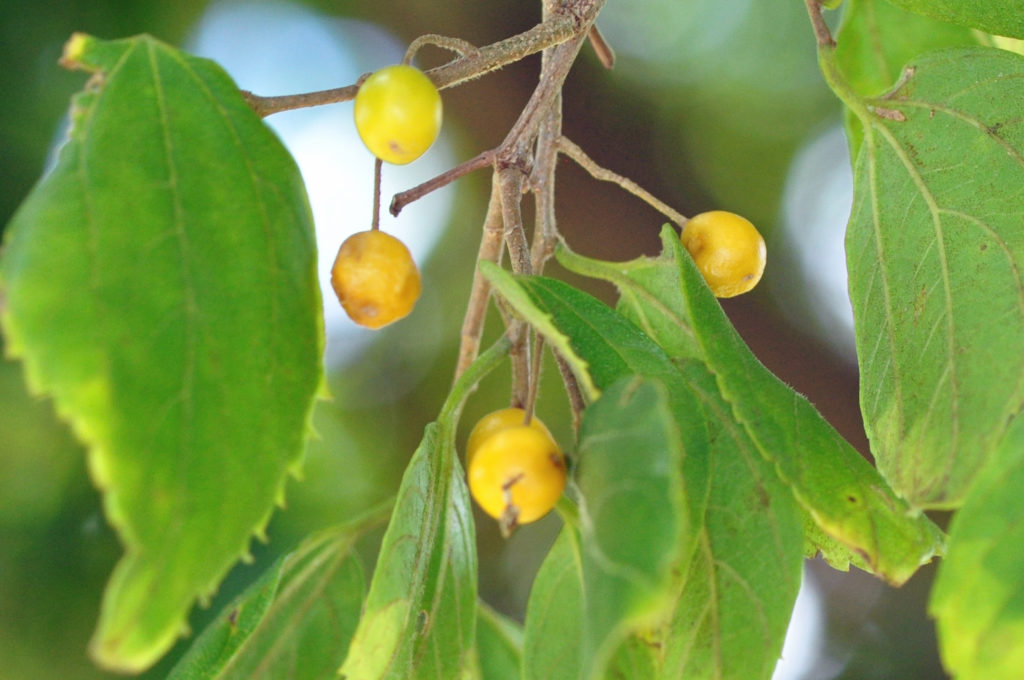
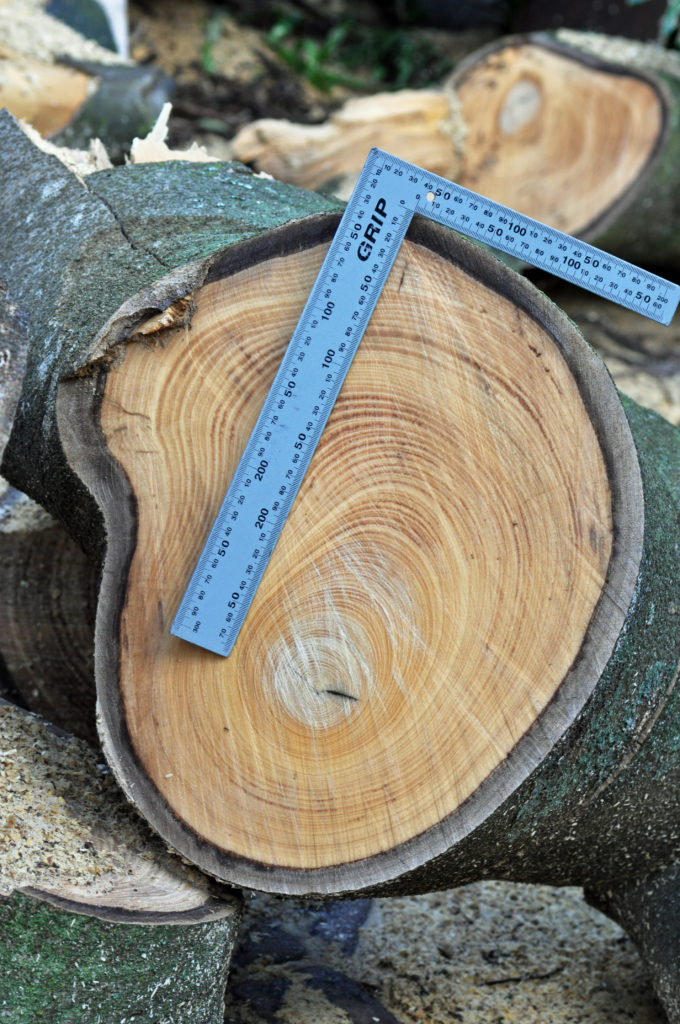
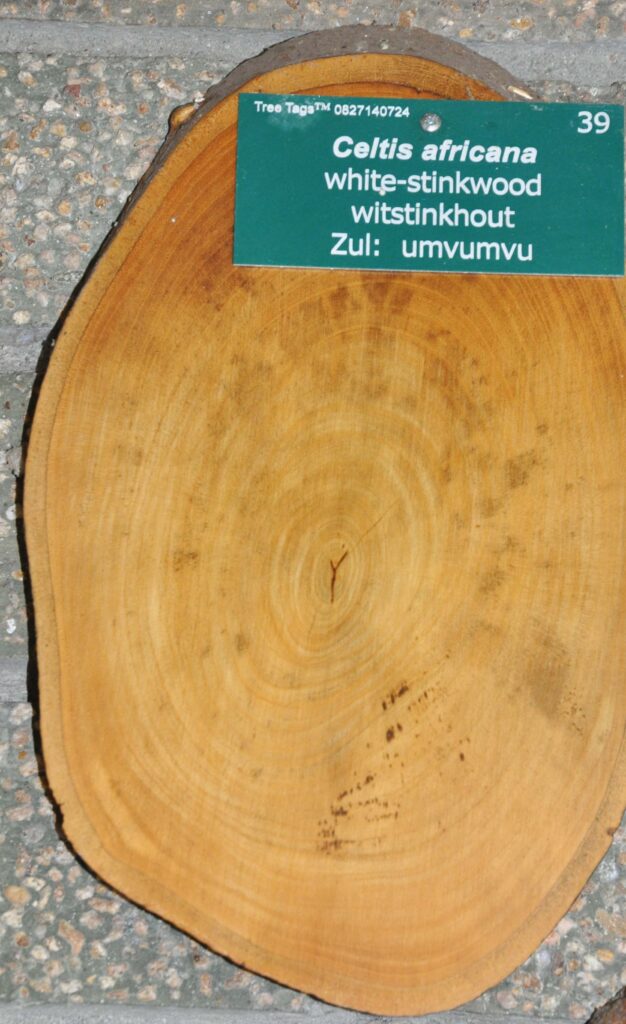
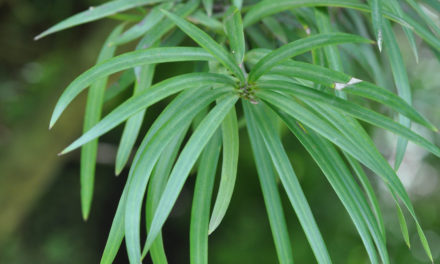
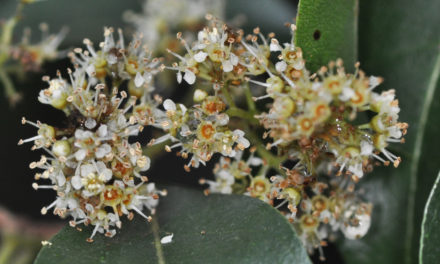
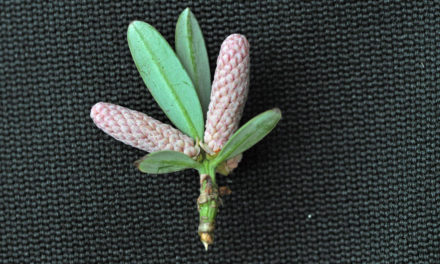
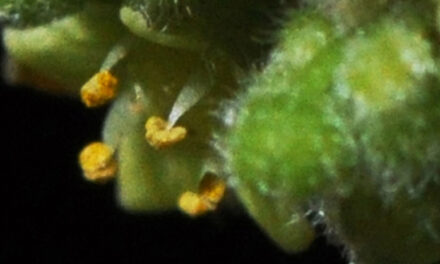
Thanks for the brilliant content. I have shared it on my social media
accounts.
Does Celtis africanas emit a sticky secretion in autumn? Don’t think I’ve had this before. Our cars that park under it get completely sticky.
Greetings Lynn
Not that I am aware of. I rechecked my references and found nothing sticky leaves – but I have never parked under a Celtis africanas.
Hello, Lynn. It does.
When a vehicle parked under a tree gets covered with sticky droplets it is not the the tree that rains onto it. Aphids ans scale insects are responsible for it. In all probability A. africana is susceptible to such attacks too.
High Konrad
Thank you for your comment. I would like to include this on my website. Do you perhaps have a reference I could use?
Take care
David Becking
Hello David
While common sense and experience in dealing with the problem in general dictated my previous statement I too can supply you with a reference that deals with the infestation of mealy bugs/aphids on Celtis spp.
https://journals.co.za/doi/abs/10.4001/003.026.0242
And thanks for the excellent information on trees you provide.
Konrad Voges